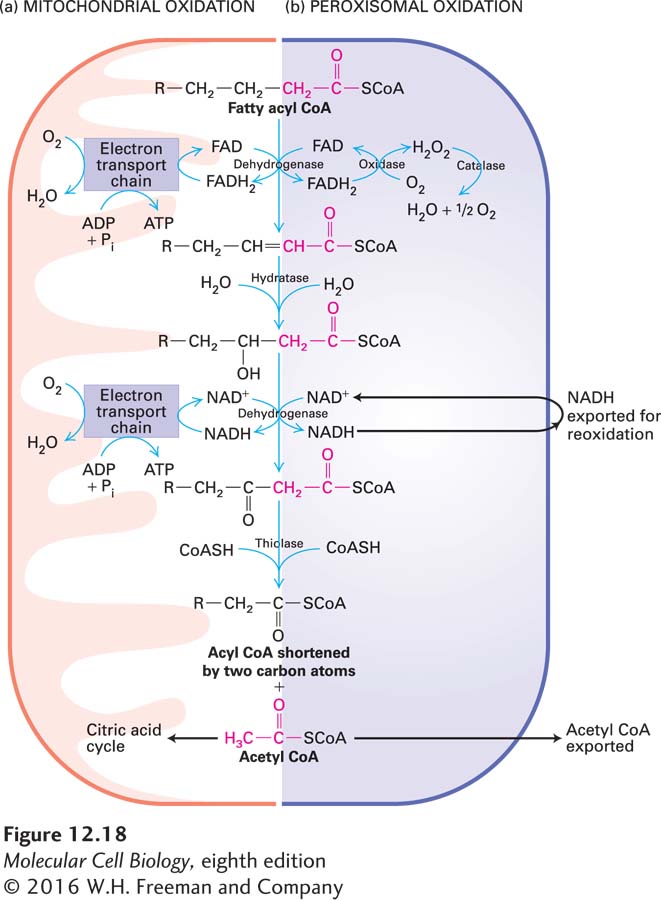
FIGURE 12- e- n- n-